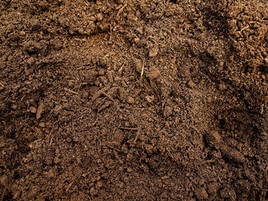Sampling is a primary investigation activity used to develop physical or chemical data that is representative for some volume of material for a given area or time period. Grab samples can only provide a “snapshot” of information. By their nature they are not representative but they do have an important role in data collection during an investigation.
How is Grab Sampling Achieved?
By definition, samples of any media are either grab samples or composite samples. Grab samples are collected at one location and at one point in time. By contrast, composite samples consist of multiple grab samples taken over an area or time period.
For example, wastewater samples are usually individual grab subsamples collected from a discharge point at designated times over a 24-hour period then composited to represent the average concentration of that discharge.
Informally, among practitioners, grab samples typically mean samples not collected under controlled conditions so the data may not be reliable and should not be used for regulatory decision making.
An example would be grab groundwater samples collected during push probe drilling or from a piezometer, versus collected from a permitted permanent well. High percentages of suspended solids or soil smeared on the borehole wall or drilling tools may affect concentrations detected in a sample collected during drilling. A fixed well that is properly installed and developed will provide good quality groundwater samples.
Exploratory Nature of Grab Samples
While grab samples cannot individually be considered representative, they can, however, be a useful exploration method. Grab samples can be used to collect preliminary information to help determine whether contamination or other constituents of interest may be present. For example, on a property where equipment servicing has been performed surface soil grab samples collected wherever stained soil is observed would help identify what chemicals may be present. This data could then be used to determine whether to proceed with an investigation or as a basis to design a more rigorous sampling program.
How Are Sample Programs Designed?
Grab samples can be formalized to achieve the desired data usability through a good sampling program design. U.S. Environmental Protection Agency guidance can be used to help you identify investigation objectives, data needs, and sample design that includes how many samples, what media and what locations, and what techniques or equipment should be used for the sample collection. When a good sample program is designed, there should be enough grab samples collected at the right locations/depths for whatever physical analysis or statistical evaluation is needed to achieve the objectives of the investigation.
Talon/LPE is experienced in drilling and sampling throughout the states of Texas, Oklahoma and New Mexico. Contact our drilling experts today at 1-866-742-0742 to find out more information about how we can help on your next project.

